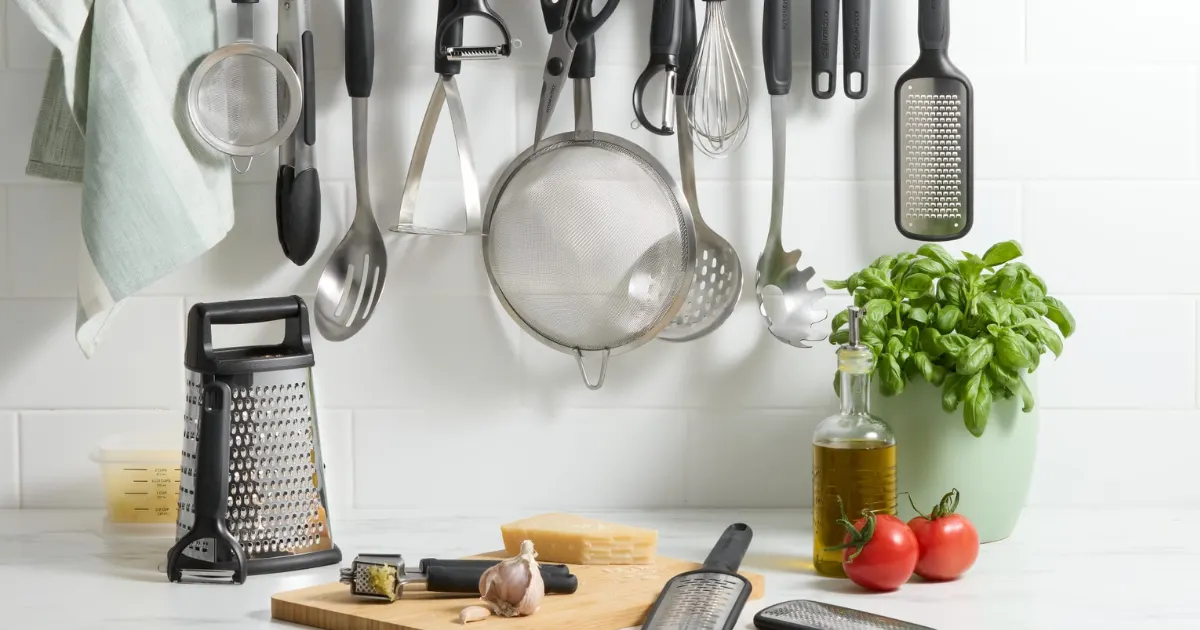Living with joint or musculoskeletal issues can be challenging, especially when your home environment isn’t set up to support your needs. Simple adjustments in how you organize different areas of your house can make a big difference in reducing strain, preventing discomfort, and maintaining mobility. Below are practical tips for organizing key spaces in your home to promote better joint and musculoskeletal health.
Why Home Organization Matters for Joint Health
Many daily tasks involve movements that can put stress on joints and muscles. Poor ergonomics, clutter, and improper furniture can lead to unnecessary strain, and aggravating conditions such as arthritis, osteoporosis, or chronic pain. By making small but effective changes, you can reduce discomfort and enhance overall mobility.
1. Kitchen Ergonomics for Joint Relief
The kitchen is one of the home’s busiest areas, often requiring prolonged standing, repetitive movements, and lifting. Here’s how you can optimize your kitchen setup:
Use Ergonomic Tools
-
- Choose kitchen utensils with thicker, padded handles for a better grip and reduced strain on the hands and wrists.
- Consider using electric can openers, jar openers, and lightweight cookware to minimize exertion.
- Invest in an anti-fatigue mat to reduce pressure on the knees, hips, and lower back when standing for extended periods.
Store Items at an Accessible Height
-
- Keep frequently used pots, pans, and dishes at waist level to avoid excessive bending or reaching.
- Use pull-out shelves or lazy Susans to make accessing stored items easier.
- Store heavier items on the lower shelves to prevent straining your shoulders.
Provide a Seating Option
-
- Use a high stool to rest while prepping food instead of standing for long periods.
- Ensure the stool provides proper back support to maintain good posture.
2. Bedroom Adjustments for Better Sleep and Recovery
Your bedroom should promote relaxation and proper body alignment for joint pain relief.
Choose the Right Mattress and Pillows
-
- Opt for a medium-firm mattress that supports spinal alignment and joint comfort.
- Use memory foam pillows to support the neck and knees, reducing strain.
Keep Essentials Within Reach
-
- Place water bottles, medications, and personal items on a bedside table to minimize excessive movement during the night.
- Install soft lighting with easy-to-reach switches to prevent stretching or awkward postures in bed.
Install Bed Rails for Support
-
- If mobility is an issue, consider adding bed rails or support handles to assist with getting in and out of bed safely.
3. Living Room Adjustments for Comfort and Mobility
The living room is a space for relaxation, but improper furniture arrangements can lead to posture problems and increased discomfort.
Opt for Supportive Seating
-
- Choose chairs and sofas with good lumbar support and firm cushions.
- Ensure that chairs allow your feet to rest flat on the floor and that your knees are at a 90-degree angle.
Declutter Walkways
-
- Keep pathways clear to reduce the risk of trips and falls.
- Arrange furniture in a way that allows for easy navigation, especially for individuals using mobility aids.
Improve Lighting Conditions
-
- Use adjustable task lighting for reading or hobbies to prevent poor posture and neck strain.
- Install motion-sensor lights to enhance visibility at night and prevent falls.
4. Bathroom Safety and Accessibility Improvements
Bathrooms are high-risk areas for slips and falls, making safety adjustments crucial.
Install Grab Bars
-
- Secure grab bars near the toilet and shower to provide stability while sitting or standing.
Use a Raised Toilet Seat
-
- A raised toilet seat reduces the strain on the knees and hips, making it easier to sit and stand.
Implement Non-Slip Solutions
-
- Place non-slip mats inside and outside the shower to prevent slipping.
- Use a shower chair to minimize standing time while bathing.
5. Home Office Ergonomics for Joint Health
A well-designed workspace can prevent stiffness and musculoskeletal discomfort for those who work from home.
Choose an Ergonomic Chair
-
- Invest in an adjustable chair with lumbar support to encourage proper posture.
- Keep your feet flat on the ground or use a footrest for support.
Optimize Desk Height and Screen Positioning
-
- Adjust your desk height so that your elbows rest at a comfortable 90-degree angle.
- Position your monitor at eye level to prevent neck strain.
Take Frequent Breaks
-
- Stand up, stretch, and move around every 30 minutes to improve circulation and reduce stiffness.
6. The Role of Lighting in Preventing Poor Posture
Lighting is often overlooked, yet it significantly impacts how we position our bodies.
Maximize Natural Light
-
- Arrange furniture to make the most of natural daylight, reducing eye strain and encouraging better posture.
Use Task Lighting
-
- Desk lamps, under-cabinet kitchen lights, and bedside lamps improve visibility and reduce the need to hunch over.
Eliminate Glare
-
- Position screens and mirrors to avoid direct glare, which can cause awkward head positioning and strain.
Final Thoughts
Implementing these ergonomic changes in your home can significantly reduce joint pain and improve daily comfort. Small changes can lead to long-term benefits for your musculoskeletal health, from adjusting your kitchen setup to optimizing your work-from-home space.
Would you like to receive more personalized advice on setting up your home for joint health? Let us know in the comments or contact us directly—we’re here to help!



0 Comments